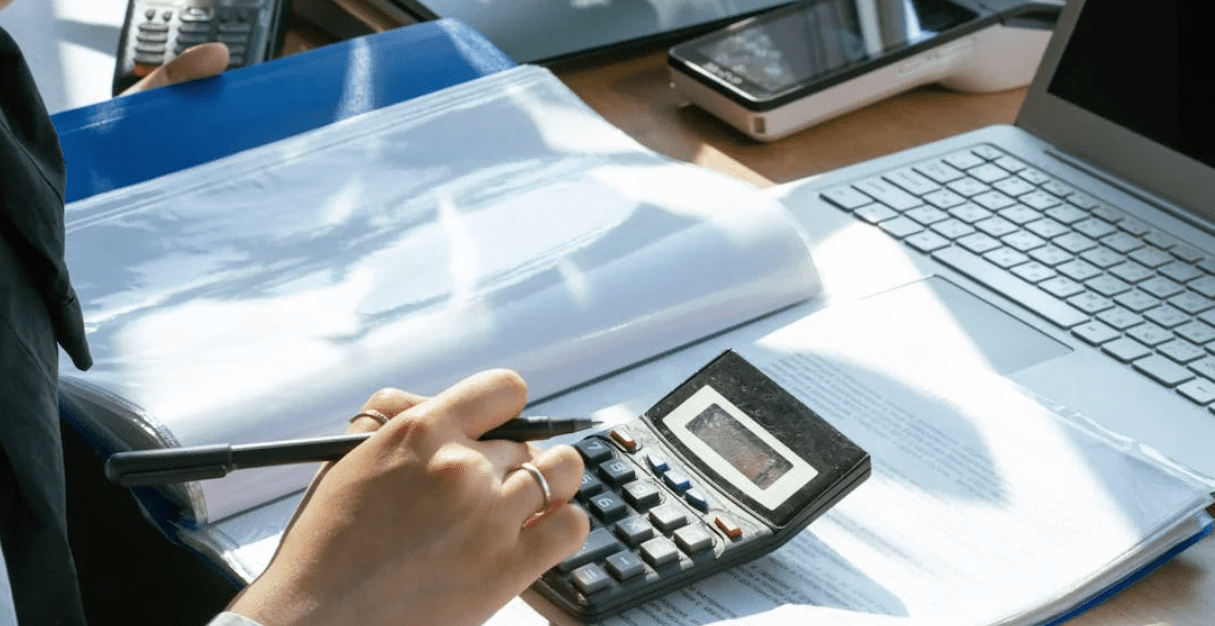Top Benefits of Using a Lease Ledger in Property Management
Top Benefits of Using a Lease Ledger in Property Management
Blog Article
Mastering the Lease Ledger: A Landlord’s Essential Tool
Checking tenant payments is one of the very most critical aspects of property management. Whether you are managing a number of properties or an extensive collection, maintaining an exact tenant payment lease ledger assures financial transparency and simplifies payment tracking. But handling tenant obligations successfully requires a well-structured approach. Here's a concise guide to getting it right.

The Importance of a Lease Ledger
A lease ledger is actually a financial record that paths rent funds, protection deposits, late costs, and different tenant transactions. It acts as a main repository for all monetary relationships between landlords and tenants. Without an adequately maintained ledger, house managers chance miscalculating money, overlooking missed funds, or creating disputes with renters. An structured lease ledger assists eliminate these dangers while sustaining professionalism.
Strategies for Effortlessly Checking Tenant Funds
1. Use Technology for Accuracy
Handbook record-keeping may possibly work for just one property, but as the amount of models grows, it becomes impractical. Leveraging digital resources or easy spreadsheet templates can dramatically increase accuracy. These instruments often enable you to automate continuing book funds, make pointers for overdue balances, and make reports instantly.
2. Create a Regular Design
A lease ledger must follow a definite and consistent format. At least, your ledger will include:
• Tenant names
• Due days
• Quantities compensated
• Exceptional amounts
• Notes for any additional expenses (e.g., preservation fees or late charges)
Standardizing this information guarantees every report is standard and an easy task to interpret.
3. Check Payment Position Frequently
Examining your lease ledger usually ensures you remain along with delayed obligations and can tackle potential issues early. Set aside time monthly to reconcile payments obtained against what's recorded in your ledger. That practice also helps in identifying traits, such as regularly late-paying tenants.
4. Keep in touch with Tenants Obviously
Correct documents suggest little if tenants aren't educated of these cost obligations. Send pointers for forthcoming book due appointments or update them on any outstanding balances. Obvious connection diminishes misunderstandings and encourages appropriate payments.
5. Report Every thing
Every cost made, whether incomplete or whole, should be recorded quickly in the ledger. Tracking every purchase assures both sides have a research point in the event of disputes. Also little facts, such as waived late expenses or modified obligations, ought to be entered to the record.

Ultimate Thoughts
An successful lease ledger not merely simplifies tenant cost administration but also gives satisfaction for landlords and property managers. By integrating obvious structures, leveraging electronic instruments, and sustaining correct documents, you can set up a easy system that reduces problems and forms greater tenant relationships. Begin handling your payments greater nowadays and collection the inspiration for long-term financial stability! Report this page